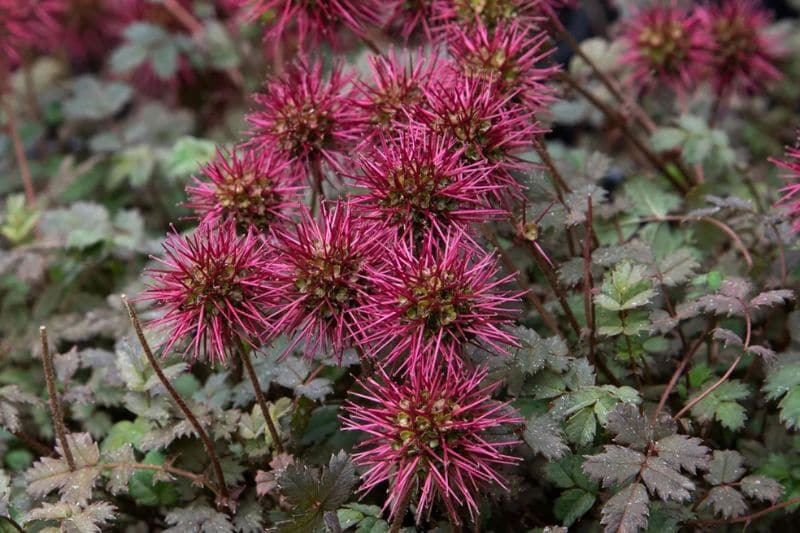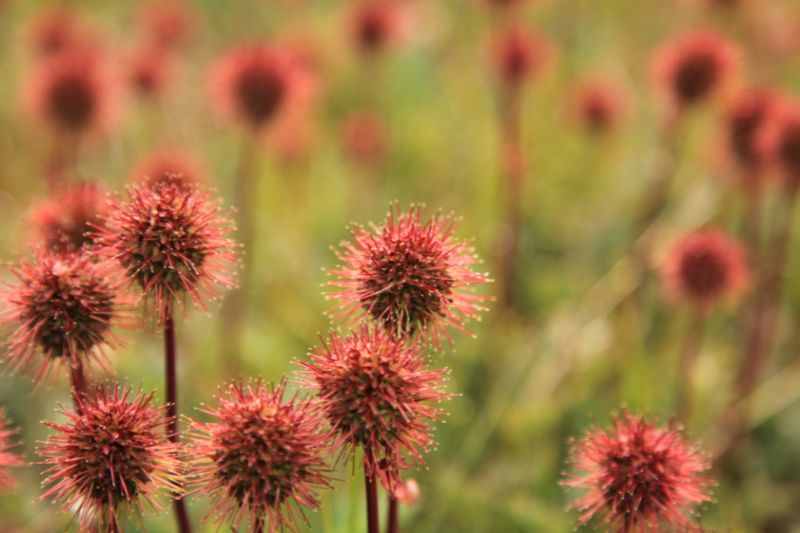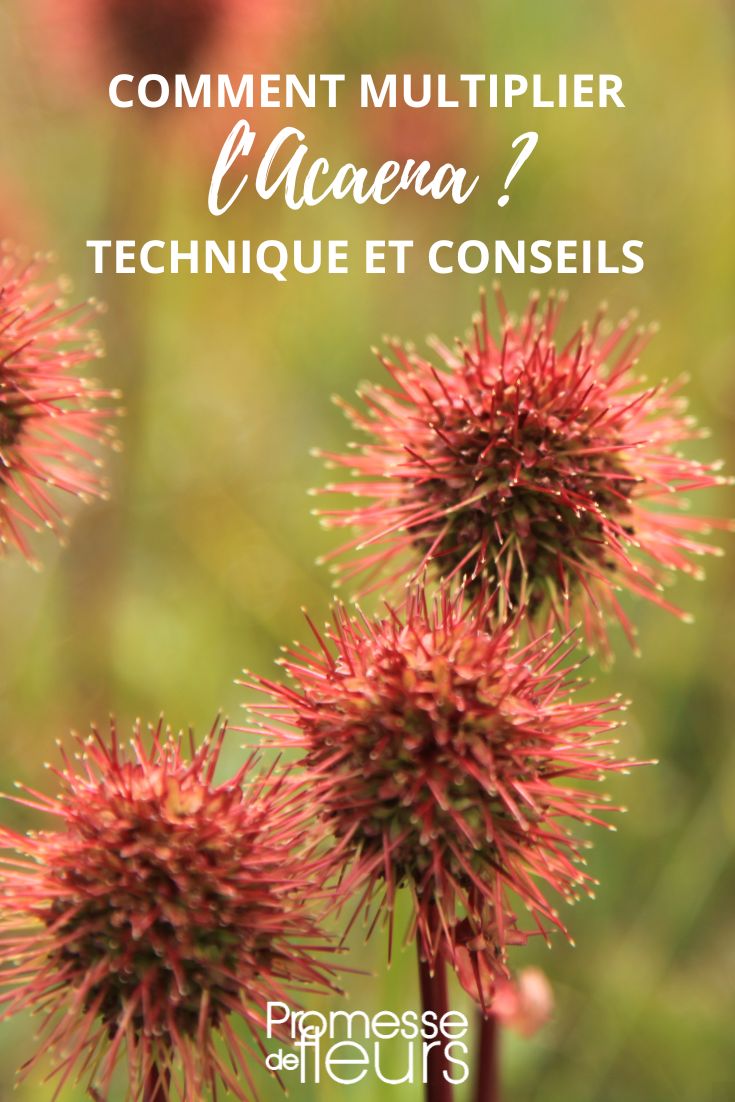Acaena, also known as bidibid, is a perennial evergreen groundcover that is easy to grow. Its discreet summer flowering gives way to curious, bristly fruits, very decorative, ranging from bluish-green to purplish tones depending on variety. Native mainly to temperate regions of New Zealand, it is ideal for rock gardens (but not too dry), borders or as groundcover where you want to limit growth of unwanted herbs. Want to propagate this atypical, charming plant? Follow this guide and our tips to learn how to multiply Acaena.
1st method: division of clumps
Division of clumps is the simplest and quickest method to obtain new plants. It is ideal if you already have an established Acaena in the garden.
When to divide?
Division of Acaena is done in spring, during resumption of growth, or in autumn, before first frosts, when plant activity slows. Both periods allow gentle recovery of new plants.
Equipment required
- A spade or a sharp knife.
- A trowel to replant sections easily.
- Gardening gloves.
Steps for division
1- Water the mother plant well the day before to loosen soil and make extraction easier. Also prepare planting site for your new sections, by breaking up soil (ideally in light, well-drained soil, in sun or partial shade).
Note: you can also place your new young shoots in a bucket, using seed and pricking-out compost.
2- On D‑day, use a spade to dig up and gently lift entire rootball of mother plant.
3- Separate plant into several sections using a clean knife or simply by hand if clump is supple. Ensure that each division has roots and some stems.
4- Place each section with its roots in a new hole (or in a pot), taking care not to bury the collar.
5- Water generously to remove air pockets. Keep soil slightly moist, not waterlogged, during first weeks to encourage rooting.
For plants in pots, place them in a shaded corner of garden, out of direct sun, for a few weeks to aid rooting.
2nd method: sowing
Multiplying Acaena by sowing is less common but possible if you have seeds and patience. Plant's bristly fruits contain seeds, which you can harvest and sow.
When and how to harvest?
To harvest Acaena, look at its fruits, small and bristly, which contain seeds. Harvest is generally carried out at end of summer or start of autumn, once fruits have dried. They then turn brown‑red and start to detach easily from plant.
Steps to harvest:
1- Use hands or scissors to cut stems bearing fruits.
2- Once fruits are harvested, rub them gently to extract seeds. You can sieve them to remove debris.
3- Place seeds in a dry, dark place, ideally in a paper envelope, to sow later.
When to sow?
Sow in March, April or May depending on region, when risk of frost has passed and temperatures become milder. Ideally sow under glass or indoors, as seeds need temperature of about 18–20 °C to germinate.
Equipment required
Sowing steps
1- Fill small pots or trays with compost.
2- Place seeds on surface of substrate and cover with thin layer of compost, about 2–3 mm. This protects seeds while still allowing required light for germination.
3- Use a mister with rainwater (less calcareous than tap water) to moisten compost, but avoid drowning seeds.
4- Place pots in a bright location at about 18–20 °C (indoors or under glass).
5- First shoots appear after 2–4 weeks. When seedlings are strong enough and have developed several true leaves, prick out into ground in light soil that remains slightly moist but not waterlogged.
Care after propagation
Whichever method you choose, here are some tips to ensure good development of new plants:
- During first weeks, protect young plants from extreme heat or frosts.
- In garden, place Acaena in sunny or part‑shaded spot. Too much shade slows growth.
- Remove weeds around young plants to avoid competition between roots for nutrients.
- Once in ground, keep soil moist but not waterlogged during first months to aid rooting.
- You can use organic mulch (hay, wood chips, etc.) to protect soil and roots from temperature fluctuations.


































Comments